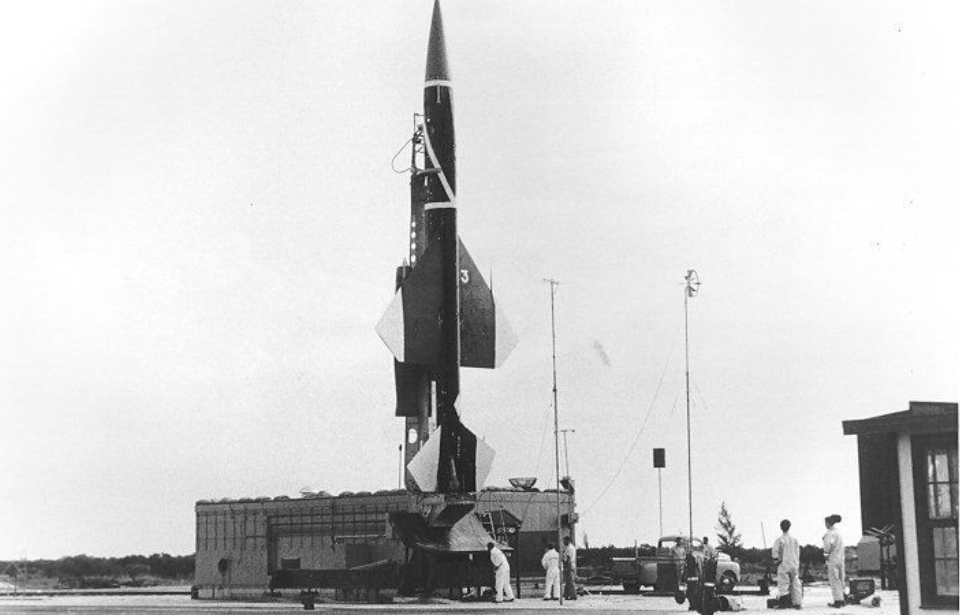The United States was in a strange position following the end of the Second World War. Not only was this an era that saw rapid advancements in the development of weapons of war, but the country also found itself at odds with the Soviet Union, a former Ally. As a form of protection, the military approved the development of the CIM-10 Bomarc, the first operational long-range surface-to-air missile (SAM) and the only one ever deployed by the US Air Force.
The United States wanted to check the Soviet Union’s power
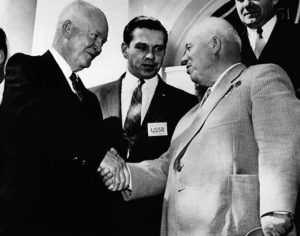
The bombings of Hiroshima and Nagasaki had proven just how much devastation nuclear bombings could cause. As a result, the world’s powers began focusing more energy on the development of their own nuclear weaponry. The US was particularly focused on defending against Russian jets that might enter the country’s airspace.
Boeing began developing surface-to-air missiles for the US Army Air Forces. By 1950, the company had developed more than 100 different rockets to test. Eventually, the Michigan Aerospace Research Center (MARC) joined the project, leading to the creation of the IM-99 Weapon System – later known as the CIM-10 Bomarc.
Testing of the missile continued throughout the 1950s. Following a successful test in 1957, both companies received a contract from the US Air Force to officially begin production.
The IM-99 Weapon System moves into production
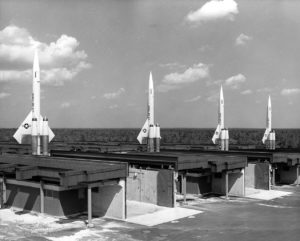
The IM-99A Weapon System had an operational radius of 200 miles and could rise to a cruising altitude of 60,000 feet. It reached speeds of between Mach 2.5 and 2.8, which was achieved through the use of a liquid-fueled rocket engine and its Marquardt RJ43-MA-3 ramjet. The SAM could also be equipped with one of two warheads: the W40, which had a nuclear yield of seven to 10 kilotons, or a 1,000-pound conventional warhead.
However, there were drawbacks. The Marquardt RJ43-MA-3 ramjet took nearly two minutes to fuel, which might as well be a lifetime in urgent situations. As well, the fuel was very hazardous.
Researchers continued to improve the design and, before long, a second version was built, featuring an updated ramjet and a new propulsion system. Known as the IM-99B Bomarc B, it had its first successful test in June 1961, after which it became operational. It became the first SAM to feature pulse doppler aviation radar and, similar to its predecessor, was equipped with a W40 nuclear warhead. Before long, the weapon was sent to Air Force bases across the US and even Canada.
Working with Canada
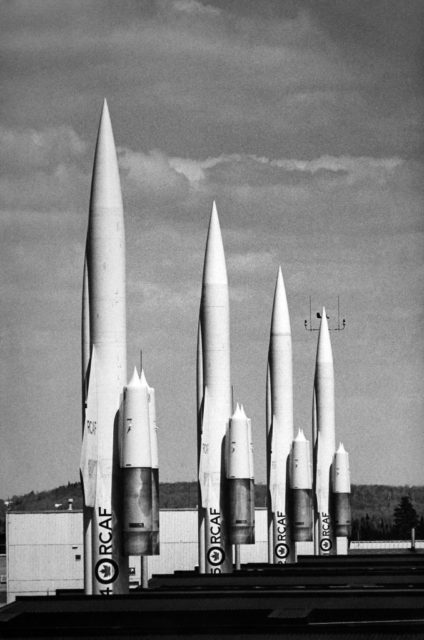
The US worked with Canada to deploy the CIM-10 Bomarc. However, this was incredibly controversial, as most Canadians didn’t want nuclear weapons stationed in the country.
In 1963, Lester B. Pearson ran for prime minister, with a large part of his platform centering around acceptance of the missiles. He wound up being quite popular and won the election. Shortly after, his wife resigned from her position within the anti-nuclear weapons group, Voice of Women.
The CIM-10 Bomarc’s deployment in Canada resulted in the creation of two dedicated Surface/Air Missile squadrons. However, over the next decade, the SAM slowly became obsolete, as the system no longer met modern requirements. As such, in 1972, those equipped by the Royal Canadian Air Force were stood down.
The CIM-10 Bomarc didn’t work all that great
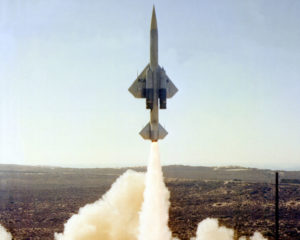
While there were some successful tests of the CIM-10 Bomarc, there were also many issues. In 1960, there was an accident at McGuire Air Force Base, New Jersey. The SAM’s onboard helium tank exploded, and while the warhead itself didn’t detonate, it did melt and there was a major plutonium spill.
The Bomarc was also slow to keep up with new aircraft technology. By the mid-to-late 1960s, it became clear the missiles couldn’t keep up with new advancements; as bombers and fighters became faster, the need for a missile to target slower aircraft became less and less. As a result, the decision was eventually made to discontinue the program, in favor of other SAMs.
CIM-10 Bomarc’s legacy
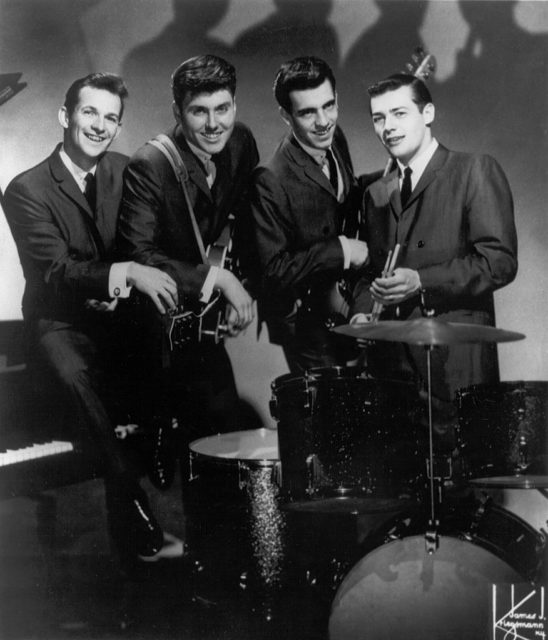
While the CIM-10 Bomarc was never formally used, the missile left its mark. The trials and tribulations of creating the SAM resulted in better research methods, and while it became obsolete, it helped scientists understand how to create more effective ballistic weapons.
Many of the missiles are now on display at museums across the US and Canada. Sites with surviving CIM-10 Bomarcs include the Museum of Aviation at Robins Air Force Base, Georgia; the Strategic Air Command & Aerospace Museum in Nebraska; and the Air Force Armament Museum at Eglin Air Force Base, Florida.
More from us: The M134 Minigun Was Designed for Helicopter Crews in the Vietnam War
The SAM also provided inspiration for bands in both America and Canada. In the US, a group called the Bomarcs, primarily made up of military service members, emerged in Florida, while in Canada, a group called The Beau-Marks had a couple of hits in the late 1950s and early ’60s.
